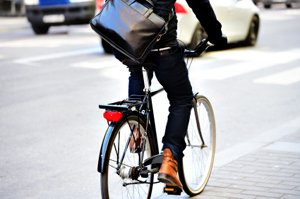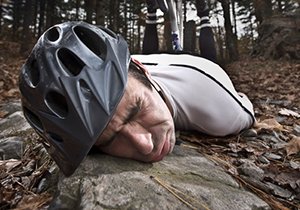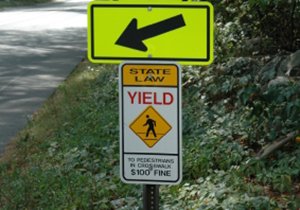
Using Shared Lane Markings for Safer Rider Positioning
Cycling in traffic can be daunting, especially in urban areas where roads are often congested. As a cyclist, it’s crucial to know how to position yourself on the road for both safety and efficiency. One of the tools available to help improve your position and safety is shared lane markings, also known as “sharrows.” These markings are a clear visual signal that cyclists and motorists should share the lane, and understanding when to use them is key to staying safe on the road.
What Are Shared Lane Markings?
Shared lane markings are painted symbols that consist of a bicycle with two chevrons above it, placed in traffic lanes where cyclists are expected to ride. They serve as an indication that cyclists can safely occupy the lane, even if it’s too narrow for a vehicle and a bike to ride side by side. These markings are often seen in areas where dedicated bike lanes are not available but where cycling is still encouraged. They help define the cyclist’s position in traffic, making it clear to motorists where they should expect cyclists to be. Understanding how and when to use these markings can reduce the chances of accidents and improve your riding experience.
When Should You Rely on Shared Lane Markings?
There are several scenarios in which you should rely on shared lane markings to help you position yourself safely. First, shared lane markings should be used when there is no bike lane or a bike lane is blocked by parked cars, construction, or other obstructions. The markings guide you to stay within the lane, which can prevent you from being pushed into dangerous situations, such as riding too close to moving vehicles or squeezing into a narrow space. Additionally, suppose you’re riding in an area where traffic speeds are low and the road is wide enough for both cyclists and vehicles to share. In that case, the shared lane markings are your best option for maintaining your position and visibility.
How Shared Lane Markings Enhance Rider Visibility and Safety
Riding in traffic can sometimes make cyclists feel invisible to drivers, especially when vehicles are speeding past or making turns. Shared lane markings help make cyclists more visible by clearly indicating to drivers that the lane is shared. These markings also help avoid confusion by creating a designated area for cyclists within the lane, making it easier for both cyclists and drivers to predict each other’s movements. With shared lane markings, drivers are more likely to give cyclists the space they need to ride safely, reducing the risk of accidents caused by sudden lane changes or close passes.
When Not to Rely on Shared Lane Markings
While shared lane markings are a helpful tool, they are not always the best option in every situation. If the lane is too narrow or if there is significant traffic, it may be better to dismount and use the sidewalk or look for a safer alternative route. If you are riding in an area where there is high traffic volume or speeding vehicles, shared lane markings may not provide enough protection, and it might be necessary to seek out a more secure bike lane or route. Always use your best judgment and avoid staying in areas where the road conditions are unsafe, regardless of the markings.
Why You Should Advocate for Safer Cycling Infrastructure
Shared lane markings are a significant step toward safer cycling, but they are just one piece of the puzzle. Advocating for more dedicated bike lanes, safer intersections, and other improvements can create a more secure environment for cyclists. By pushing for better cycling infrastructure, you’re not only helping yourself but also other cyclists and even drivers who may be uncertain about where to position themselves on the road. Safer roads for cyclists lead to fewer accidents, smoother commutes, and a stronger cycling community. As you continue to cycle through urban streets, remember that understanding when and how to use shared lane markings can make a significant difference in your overall safety and confidence on the road. At Bonnici Law Group, we are dedicated to promoting cyclist safety and advocating for your rights on the road. Call us today at (619) 870-0181 for trusted legal support.
 Fred has thousands of miles of cycling under his belt.
Fred has thousands of miles of cycling under his belt.







 1620 5th Avenue
1620 5th Avenue 1620 5th Avenue,
1620 5th Avenue,